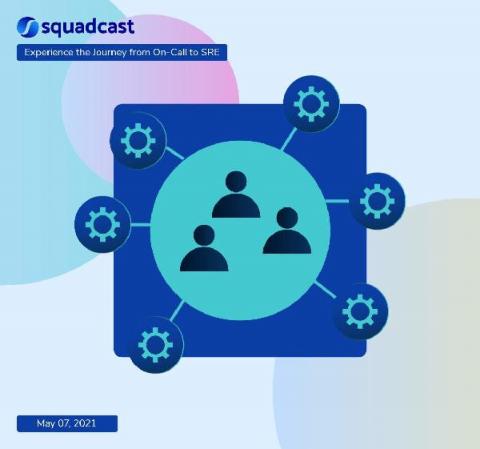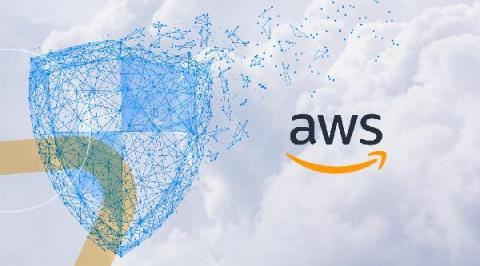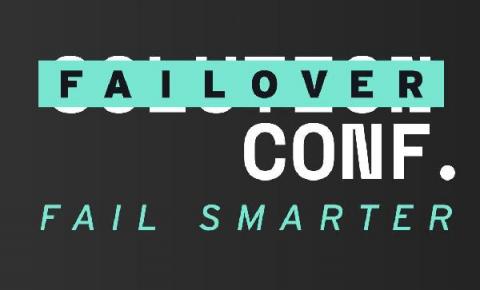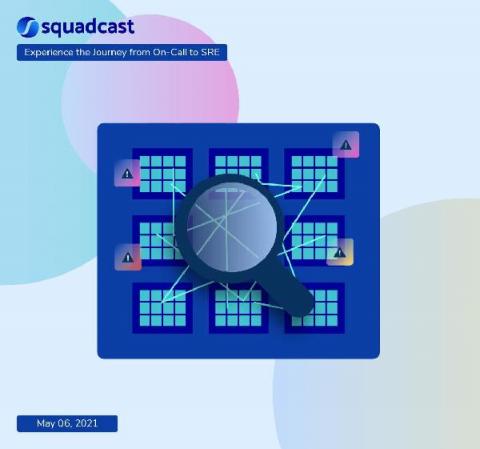Operations | Monitoring | ITSM | DevOps | Cloud
Latest News
SRE fundamentals 2021: SLIs vs. SLAs. vs SLOs
A big part of ensuring the availability of your applications is establishing and monitoring service-level metrics—something that our Site Reliability Engineering (SRE) team does every day here at Google Cloud. The end goal of our SRE principles is to improve services and in turn the user experience. The concept of SRE starts with the idea that metrics should be closely tied to business objectives. In addition to business-level SLAs, we also use SLOs and SLIs in SRE planning and practice.
Understanding The AWS Shared Security Model
Whether you are new to AWS or have been to every re:Invent since 2012 you may have questions about cloud security and how it impacts your valuable technology and data. In particular, you might be wondering where AWS’s security responsibilities end and where yours begin? Which parts of the cloud can you rely on Amazon’s security team and technology to keep safe and which parts must you take care of?
Accelerating Code Quality with DORA Metrics
What do Google’s DevOps Research and Assessment (DORA) and Rollbar have to do with each other? DORA identified four key metrics to measure DevOps performance and identified four levels of DevOps performance from Low to Elite. One way for a team to become an Elite DevOps performer is by focusing on Continuous Code Improvement.
Diagnosing Database Performance Problems When You Aren't a Database Administrator
Deep specialization of IT administrators is a luxury only the largest organizations can typically afford. Smaller organizations rely on IT administrators with a more generalist skill set because they are—by necessity—responsible for a wide array of different technologies, and there simply isn’t time to specialize in the intricacies for any one of them. Yet modern IT is intricate.
Failover Conf 2021 Wrap-Up
That’s a wrap! Gremlin hosted Failover Conf 2: Fail Smarter on April 27, 2021. In attendance were over 500 SREs, developers, sales engineers, product managers, DevOps experts, C-level execs, and other reliability pros from around the globe! This year’s conference included discussions around the future of DevOps, strategies for building reliable teams, analyzing human error to create better systems, and more.
Cloud-Hosted of Cloud-Native? Discover Why Cloudsmith Was Born in the Cloud
Today, almost every service now is offered in a “Cloud” variant. But what does that really mean? Are all clouds services equal? It’s easy to see why so many vendors rush to add a Cloud edition/variant of established software they sell. Undoubtedly, there has been a move to Cloud services across the industry, as more and more organizations seek to take advantage of the higher reliability and lower total cost of ownership that Cloud platforms promise.
Using Distributed Tracing in Microservices Architecture
Practical Guide to SRE: Automating On-Call
Let's all face it, on call work isn't fun. But it can be better. Even if you have to work on call, it would be nice to have at least some of the work done for you, before you drag yourself out of bed at 3am to respond to an incident.
Register to the Qovery v2 beta now!
When we launched Qovery in January 2020, our product was still a prototype, and we onboarded 53 developers to help them deploy their apps in the cloud. At the time, we were only 2 on the team, and our first employee (Patryk Jeziorowski) decided to join us after being one of our first users. 18 months later, 3004 developers from more than 110 countries use Qovery to deploy their apps on their AWS and Digital Ocean account.











